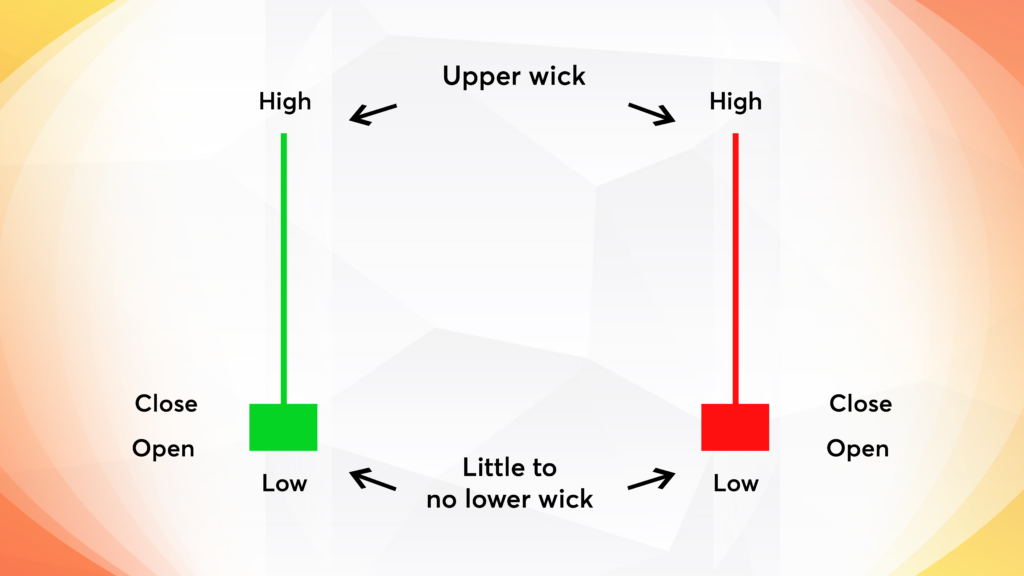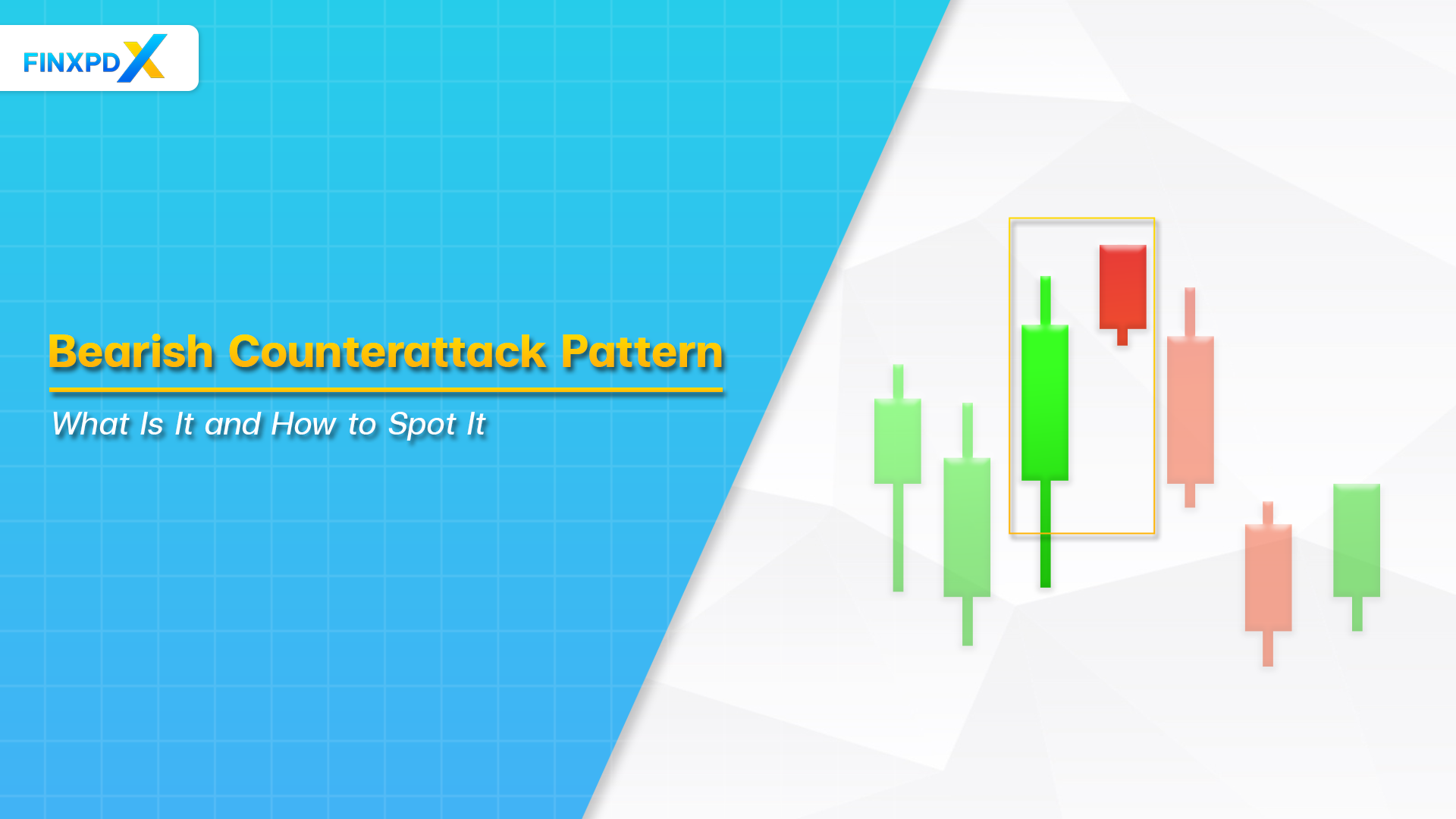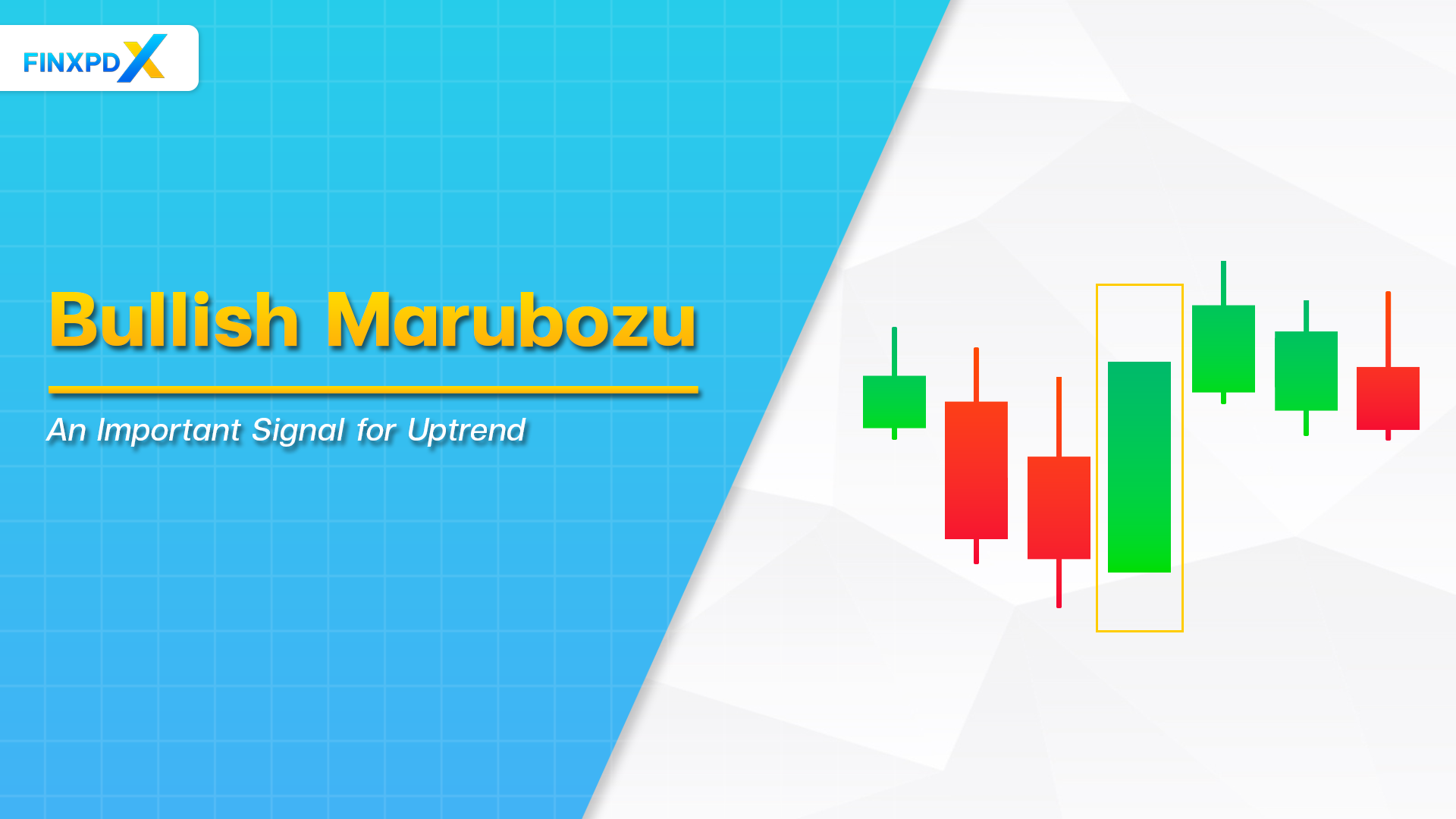Candlestick patterns are a widely used analysis tool in finance and investing. The shooting star candle is particularly significant. Its name indicates a rare meteor shower in the sky that traders eagerly anticipate. If you’ve ever looked into technical analysis for stock trading, this term has likely crossed your path. However, what exactly does a shooting star candle signify, and how can it help you invest wisely? This article will explore this fascinating topic further.
What Is a Shooting Star Candle?
In the realm of finance, particularly in technical analysis, the “shooting star candle” serves as an indicator to predict the potential end of a rising market and the start of a decline. This tool shows as a lone figure on a candlestick chart, a popular visual method for monitoring an asset’s short-term price shifts.
The shooting star candle pops up when the market has been performing well. It features a tiny central body, a long upper wick, and either no lower wick or just a short one. The pattern looks like an inverted hammer and usually appears at the high point of a growing market, hinting that the market may soon turn negative.
Key Takeaways
- A shooting star candle is a bearish reversal candlestick pattern.
- This pattern consists of a small real body, a long upper wick, and little to no lower wick.
- The small real body shows minimal difference between the opening and closing prices. This indicates indecision among traders.
- The long upper wick suggests that buyers initially pushed the price up. However, sellers quickly took over, causing a significant drop from the session’s high.
- A lower wick’s absence or minimal presence indicates little interest in buying at lower prices during the session.
The Structure of a Shooting Star Candle

A shooting star candle usually has a small bottom part that shows the opening and ending prices and a long top part that shows the difference between the highest and ending prices. Being familiar with this candle’s details can help traders anticipate when the market might turn and change their plans as needed.
Real Body
The most important part of the shooting star candle, known as the real body, is typically small and located close to the lowest point of the candlestick figure. The color of this real body isn’t the key element; it could be green if it’s showing profit or red if there’s a loss. The crucial factors are where it’s placed and its small size.
Upper Wick
The real showstopper is the long upper wick, usually at least twice as big as the real body. This long wick signifies the market’s unsuccessful effort to maintain high prices. Throughout the trading day, the market drives the prices up, but by the end, they drop significantly. This long upper wick clearly shows that market change.
Lower Wick
In theater terms, the lower wick would be like a backstage helper because it is hardly seen. It’s often very small or might not even be there. This minimal presence makes the long upper wick even more noticeable, highlighting the market’s quick change in mood.
Volume
While it’s not a physical part like the wicks or the body, the amount of trading still gives important hints. A high trading volume during a shooting star could point to a stronger downward market shift. However, many traders prefer double-checking this in the next trading session using volume statistics.
Position Within Trend
The shooting star candle should appear following a stretch of increasing prices, signaling a likely drop in the market. Seeing a shooting star in this context increases the odds of an actual market change, not just a random event.
What Does the Shooting Star Candlestick Imply?
A shooting star candlestick generally hints at a potential trend reversal after an uptrend. It indicates that even though buyers were strong initially and drove prices up, they couldn’t maintain control. Sellers stepped in, pushing the price back down, which created a small body with a long upper wick.
This change suggests that upward momentum might be fading, and a downward trend could start. Traders often see the shooting star as a signal to consider exiting long positions or entering short positions.
Example of How to Use the Shooting Star Candle
The situation below will help you understand how the shooting star candle pattern can be useful in trading. Remember that this is only an educational example and shouldn’t be considered financial guidance.
The Situation:
Current Trends: You’ve watched a stock increase for a few weeks.
Spotting the Pattern: Today, you spot a shooting star candle on the stock’s daily chart. It has a small body, a long upper part, and almost no lower part.
Volume: Trading today is busier than usual, which gives more weight to the shooting star candle pattern.
The Strategy:
1. Holding On
You decide to wait until the next day to see if a red candle forms, indicating that the stock might start to fall. The next day, a red candle does appear, confirming your hunch.
2. Making Your Choice
With this information, you decide to go short, betting the stock will drop.
3. Limiting Risk
To limit possible losses, you put a stop-loss just above the highest point of the shooting star.
4. Targeting Profit
You also set a take-profit order, guided by other market signs or a specific profit percentage you want to hit.
5. Keep Watching
After setting your position, you track the stock and any news that might affect its price.
6. Final Move
If the stock hits your take-profit point, you exit with gains. If it reaches your stop-loss, you exit and limit your losses.
7. Reviewing and Tweaking
All win or lose trades you have done, tracking and reviewing your trade is important for learning and improving your future trading strategies. and reviewing your trade is important for learning and improving your future trading strategies.
Moreover, there are 35 different types of candlestick patterns beside this pattern. Consider using a shooting star pattern with other patterns for a more precise outcome.
Click the button below to download PDF
10 Common Mistakes to Avoid
Using the shooting star candlestick in trading has its own set of risks. Here are some common mistakes to avoid:
1. Context Matters
The shooting star usually hints at a market drop and is most effective after a strong upward trend. Using it in a flat or downward market without additional evidence is risky.
2. Too Quickly
Some traders act too quickly, resulting in losses. They base their trades only on the shooting star without waiting for extra signs like a subsequent bearish candle.
3. Ignoring Volume
High trading volume can add credibility to the shooting star. Ignoring volume may lead to mistakes.
4. Skimping on Risk Control
Skipping a solid stop-loss or investing too much in one trade can cause problems.
5. Overlooking Outside Influences
Company earnings or global issues can affect your interpretation of the shooting star. Keep an eye on the bigger picture.
6. Betting on Certainties
There is no trading pattern, including the shooting star, that guarantees success. Don’t put all your faith in it.
7. Going Solo With Analysis
Relying only on the shooting star and ignoring other methods could weaken your strategy. A balanced approach is often more successful.
8. Emotional Missteps
Making choices based on fear or greed can mess up your trading strategy. Stay level-headed.
9. Skipping the Debrief
Whether you win or lose, always review your actions to learn what worked and what didn’t. This helps you grow as a trader.
10. Forgoing Expert Guidance
Self-learning is good, but talking to a financial advisor can offer extra insights and safety.
By being aware of these traps, you can use the shooting star candle more effectively as part of a well-rounded trading strategy.
Conclusion
In conclusion, the shooting star candle is a popular tool for spotting a possible market decline after a period of growth. Its small body and long upper wick suggest that the buying momentum may be slowing down, paving the way for sellers. However, it’s vital to remember that this pattern is not always guaranteed.
It’s most reliable when it appears after a market has been climbing. Many traders make the mistake of acting too quickly on this pattern without waiting for extra evidence, like another downward-facing candle or additional data points. This can result in financial errors.
FAQs
A shooting star candle is a bearish reversal candlestick pattern characterized by a small real body at the lower end and a long upper shadow. It usually appears after an uptrend.
The shooting star indicates a reversal by showing that despite strong buying pressure (evidenced by the long upper shadow), the price closed near its opening, suggesting that sellers are gaining control.
A shooting star appears in an uptrend and signals a bearish reversal, while an inverted hammer appears in a downtrend and signals a potential bullish reversal. Both have similar shapes but different implications.
Shooting star candles are considered more reliable when they appear after a strong uptrend and are confirmed by subsequent bearish candles or other technical indicators. However, they are not 100% foolproof.
After identifying a shooting star candle, traders should look for confirmation from subsequent bearish price action, consider setting stop-loss orders, and possibly prepare for short positions or profit-taking.
Related Articles:
- Cashback Forex: Your Guide to Extra Earnings
- Currency Hedging: Secure Your Investments
- Currency War: Gain the Edge in Market Chaos
- Forex Factory: The Ultimate Resource for Forex Traders
Read more: Forex








